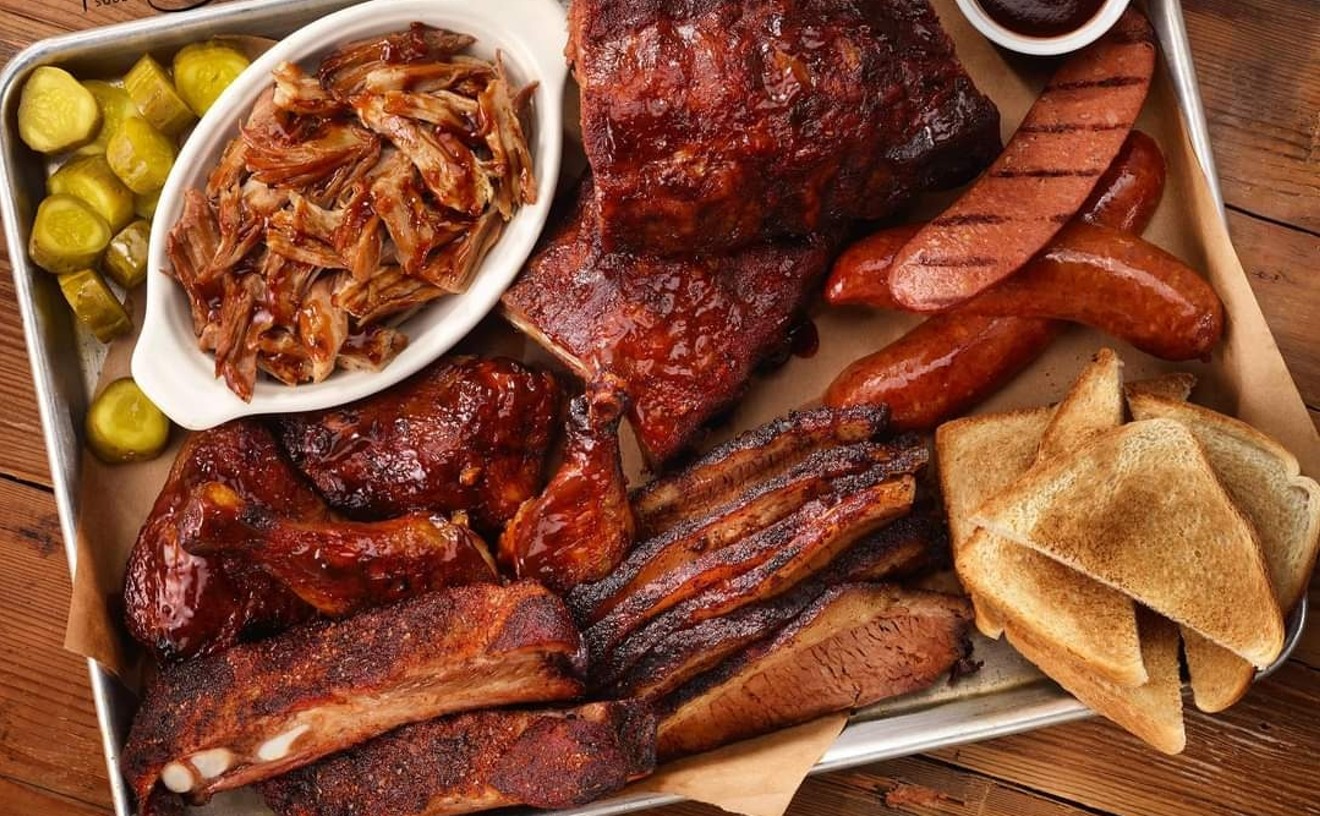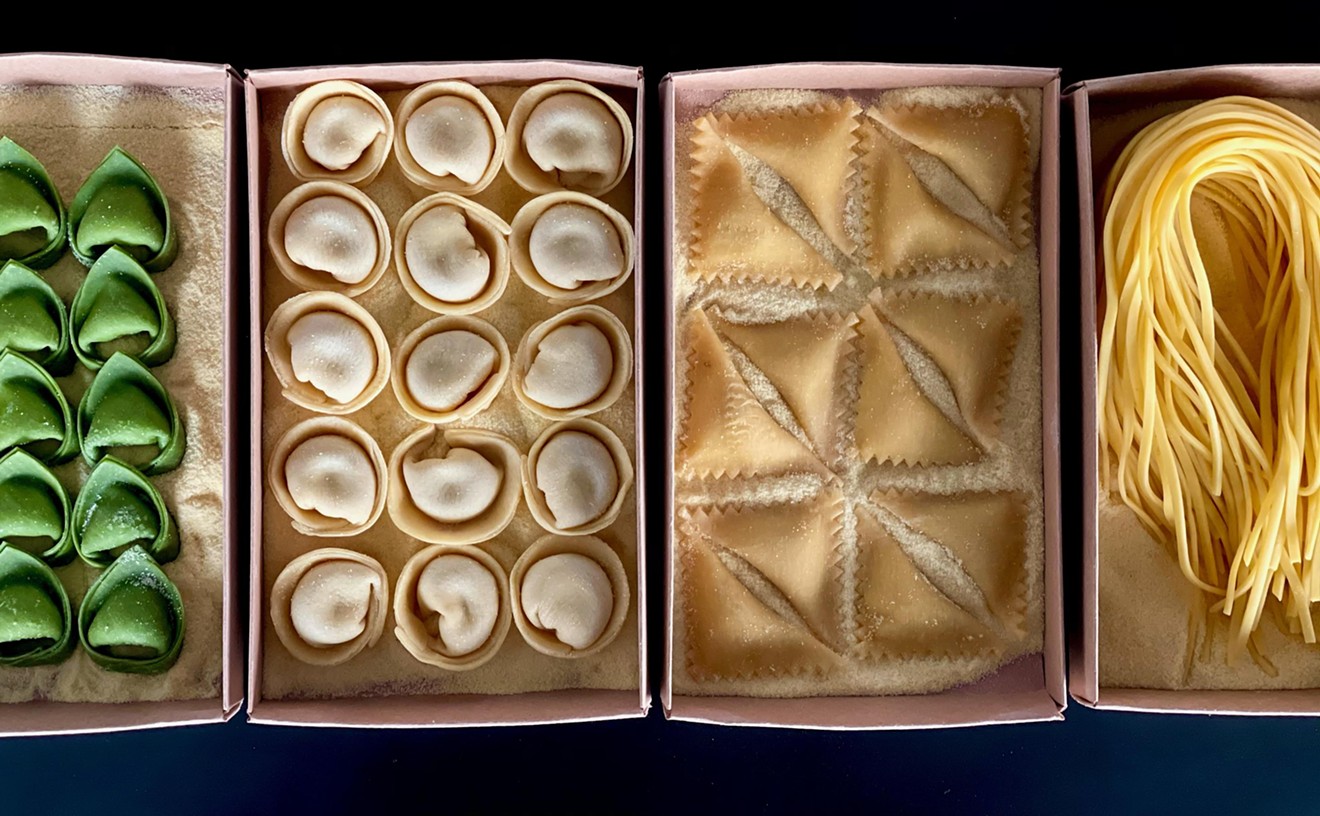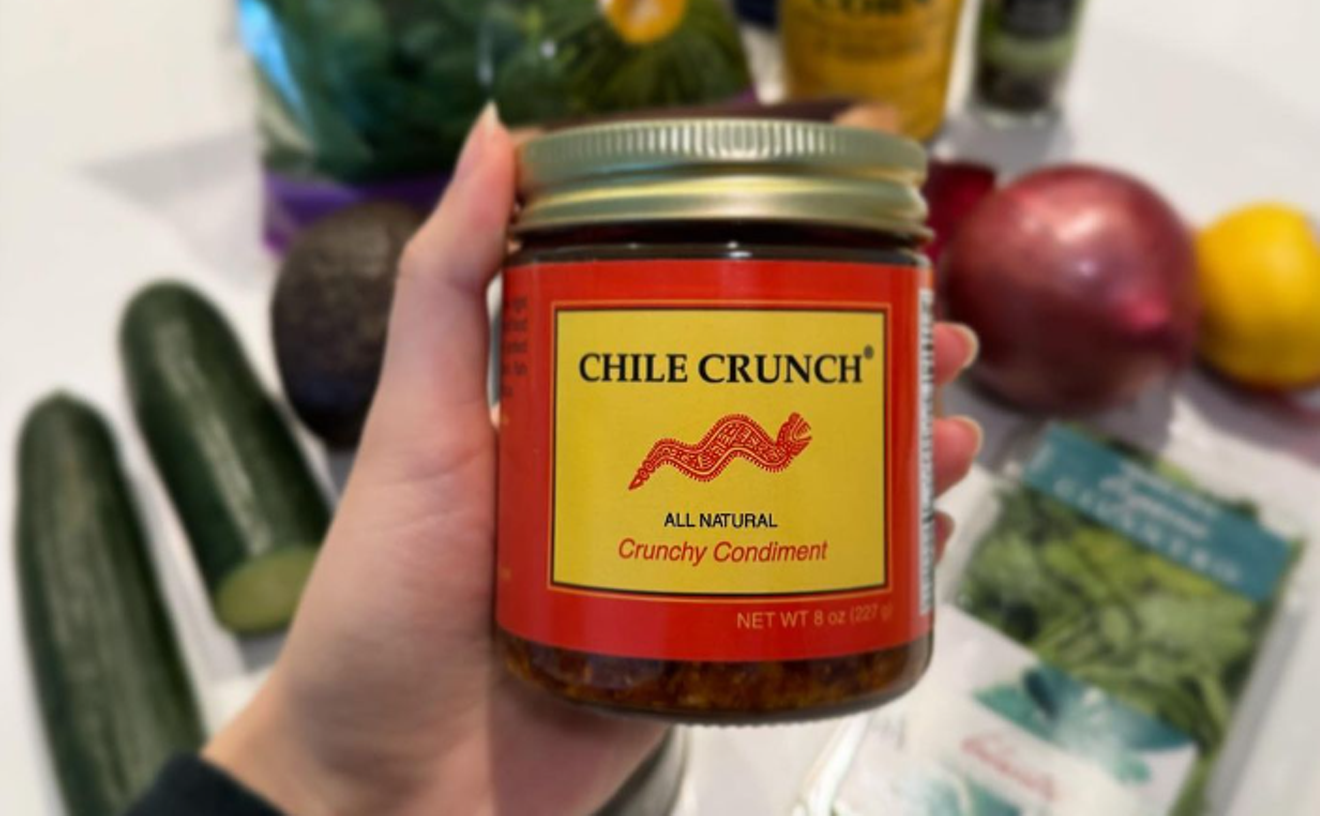What's for dinner? Whatever the answer, it's probably got an ethnic origin--or a supposedly ethnic origin. Because many of the foreign foods that we all enjoy aren't really very foreign at all. In other words, you can cross these ten dishes off your list, because, frankly, they're all just as American as apple pie (which is actually British).
10. General Tsao's Chicken Born in the USA, baby. General Tsao's (or Tao's, or Cho's, or Chu's... the name is about as variable as the accreditation) is as Chinese as gefilte fish. There was a General Tso (or Zuo Zontang) in the early 1800s, but how, exactly, his name became connected with this dish, with which he almost certainly had no experience, is fuzzy at best. Most likely, it was a dish created for the sweets-loving American palate by some New York City restaurant run by Chinese immigrants. The same is probably true for chow mein noodles. But like most of the dishes on this list, the alleged history has overshadowed whatever really happened. 9. Pizza Pizza was invented a long time ago, but not in Italy. Instead, it was probably a Greek invention that would have featured dates as a very likely choice for a topping. There were no tomatoes, and definitely a lot less cheese -- if, indeed, there was cheese at all. Italy borrowed the form, changed it up a little and eventually added tomatoes and cheese, which is the pizza that American soldiers in WWII enjoyed and brought stateside. We went nuts over it, piled on a lot more cheese and many more toppings, which just proves that the overindulgence of the American diet is nothing new. 8. Nachos Nachos are pretty popular in America and throughout the world -- everywhere, that is, except Mexico. But nachos themselves were invented there, at least technically, in the border town of Piedras Negras, near the Texas border. But the dish was invented for Americans -- specifically, soldiers from a nearby base. The dish itself, even if it was officially made on Mexican soil, is the soul of Tex-Mex cooking, especially if you include plastic nacho cheese, which is an American[
{
"name": "Air - MediumRectangle - Inline Content - Mobile Display Size",
"component": "12017618",
"insertPoint": "2",
"requiredCountToDisplay": "2"
},{
"name": "Editor Picks",
"component": "17242653",
"insertPoint": "4",
"requiredCountToDisplay": "1"
},{
"name": "Inline Links",
"component": "18838239",
"insertPoint": "8th",
"startingPoint": 8,
"requiredCountToDisplay": "7",
"maxInsertions": 25
},{
"name": "Air - MediumRectangle - Combo - Inline Content",
"component": "17261320",
"insertPoint": "8th",
"startingPoint": 8,
"requiredCountToDisplay": "7",
"maxInsertions": 25
},{
"name": "Inline Links",
"component": "18838239",
"insertPoint": "8th",
"startingPoint": 12,
"requiredCountToDisplay": "11",
"maxInsertions": 25
},{
"name": "Air - Leaderboard Tower - Combo - Inline Content",
"component": "17261321",
"insertPoint": "8th",
"startingPoint": 12,
"requiredCountToDisplay": "11",
"maxInsertions": 25
}
]











